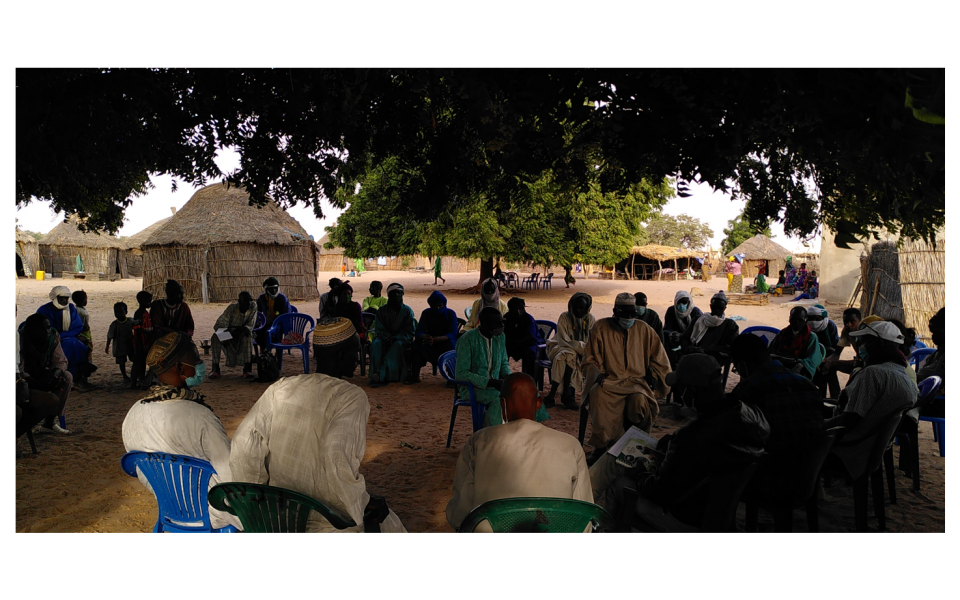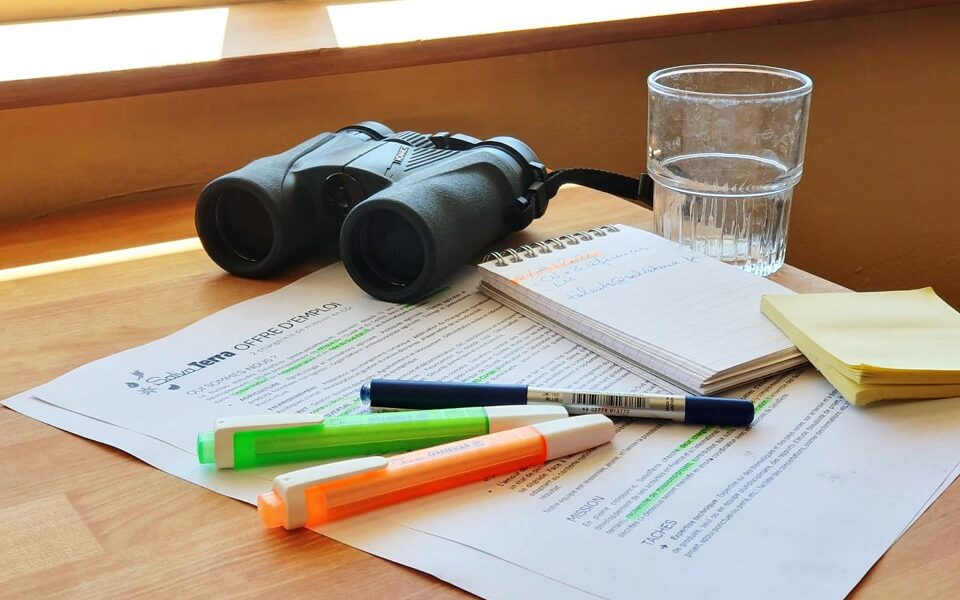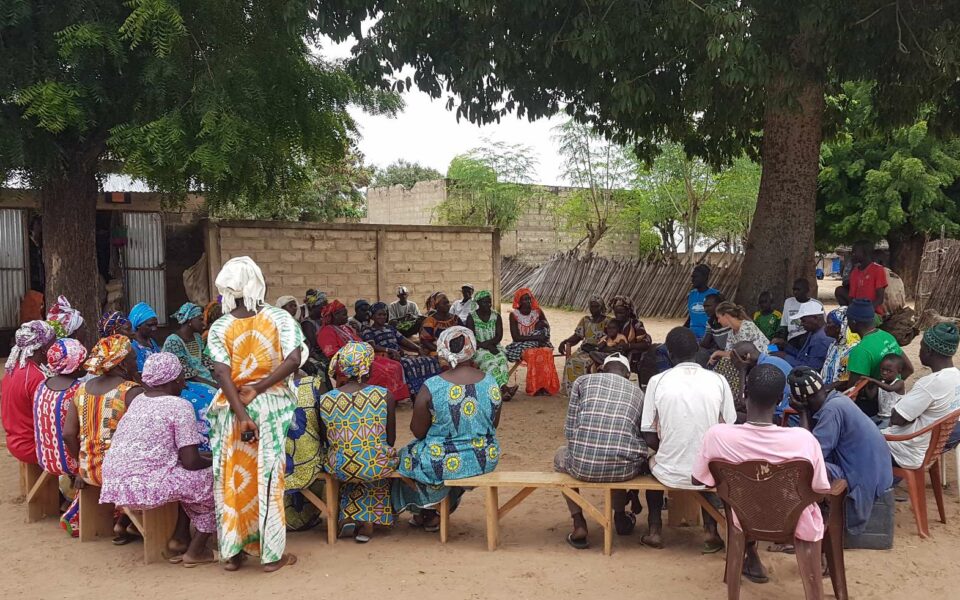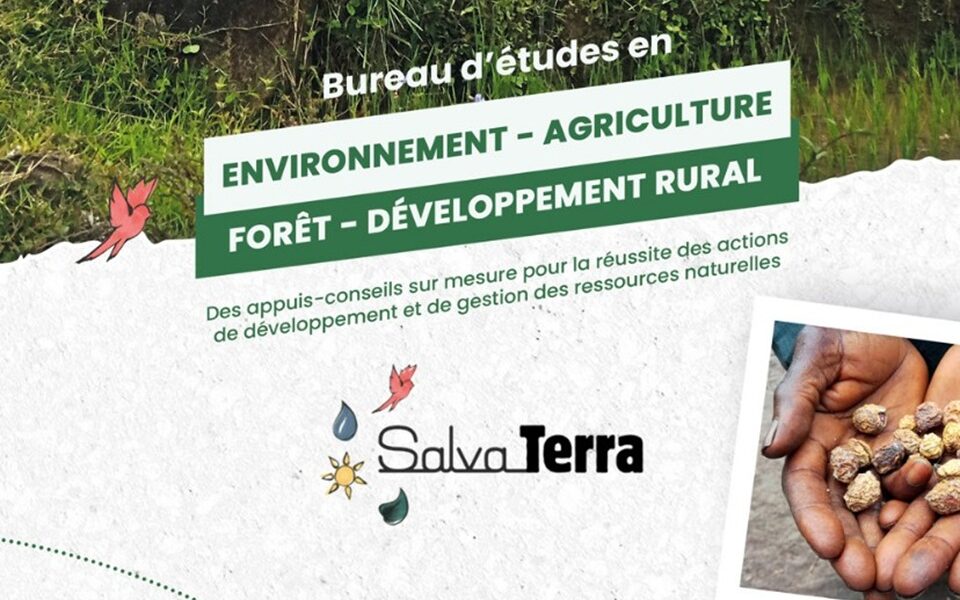News

15 November 2021
Project to combat desertification by supporting pastoralism in Ferlo
30% of the Senegalese population lives on livestock products, without managing to meet all the country’s needs (meat, milk, etc.). The semi-arid territory of Ferlo is enhanced by an extensive livestock farming system, characterized by shared access to space and resources. In recent decades, climate change, the extension of cultivated areas and various pressures on natural resources have greatly accentuated the desertification of this fragile pastoral territory.
The Ega Egga project supported the establishment and structuring of 26 pastoral units (PU) that constitute spaces for consultation between users of a territory to ensure collective management guaranteeing equitable and sustainable access to natural resources. The project also supported the networking of PUs through Federations and strengthened the technical skills of the actors as well as the diversification of economic activities in the area.
The evaluation confirmed the relevance of support to PUs to protect and maintain the fragile ecosystems of Ferlo in a participatory and equitable manner. This approach, recognized as integrated and innovative, contributes to supporting the emergence of a pastoral population that is more resilient to current and future climate and demographic challenges. However, there are still many challenges to scale up these approaches and sustain the functioning of existing PUs. For more information: https://www.avsf.org/fr/posts/859/full/pastoralisme-et-lutte-contre-la-desertification-au-nord-senegal
A lire aussi...

01 Jul. 2025
Deux nouveaux recrutements chez SalvaTerra
En pleine expansion, SalvaTerra recrute deux chargé(e)s de mission pour soutenir le développement de ses activités en France et à l'international. Les missions incluent expertise technique (avec déplacements terrain), recherche de projets, et contribution aux outils de communication. Toutes ces tâches seront réalisées en étroite collaboration avec les associés de SalvaTerra.

30 Jun. 2025
🌾 Comment renforcer durablement la résilience des petits exploitants agricoles face aux chocs climatiques au Sénégal ?
📢 SalvaTerra en collaboration avec l'IRAM a récemment mené l’évaluation finale du projet 4R "Renforcer la résilience climatique des petits exploitants agricoles en situation d’insécurité alimentaire grâce à une gestion intégrée des risques climatiques", financé par le Fonds Vert pour le Climat et mis en œuvre par le PAM Sénégal, dans cinq régions clés du pays (Kolda, Tambacounda, Kaffrine, Fatick, Kaolack).
